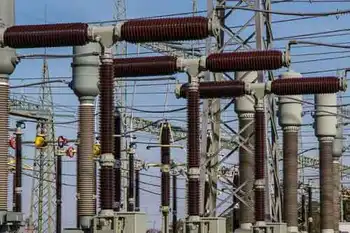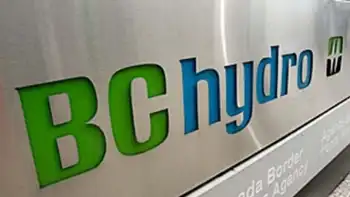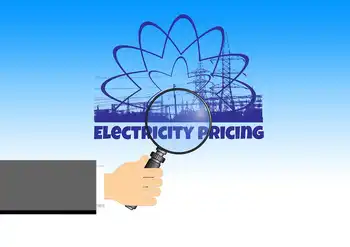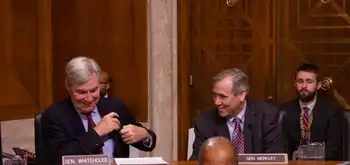Six New EV charging stations installed at Albany Airport
By New York Power Authority
Protective Relay Training - Basic
Our customized live online or in‑person group training can be delivered to your staff at your location.

- Live Online
- 12 hours Instructor-led
- Group Training Available
The charging stations are in support of Charge NY, a statewide initiative launched by Governor Andrew M. Cuomo in 2013 to help bring about greater use of plug-in EVs, lay a foundation for additional investments in clean technologies by the private sector, and reduce climate-changing greenhouse gas emissions.
The new installations, which were unveiled at an event Wednesday, also support a recently announced Multi-State Zero-Emission Vehicle Action Plan, in which New York and seven other state participants seek to have 3.3 million zero-emission cars on U.S. roads by 2025.
“The Power Authority is proud to help move Governor Cuomo’s clean transportation agenda forward with a consumer-oriented approach to vital EV infrastructure,” said Gil C. Quiniones, president and chief executive officer, NYPA. “With a network of conveniently located charging stations strategically located across the state, we hope to take the anxiety out of driving electric vehicles longer distances.”
The Albany Airport charging stations are among the first of 100 that NYPA and NYSERDA are currently partnering on that will be located at 37 public and workplace locations by the end of the year. In late 2013, the NYPA trustees awarded a contract to an EV management services firm—EV Connect—for the installation of the charging stations, including at the Albany Airport.
EV Connect has partnered with several New York firms on equipment installation, including Switch Electric of Croton-On-Hudson, Allegro Power of Buffalo, and Patricia Electric, based in Syracuse.
“NYSERDA and NYPA are working closely together on Governor Cuomo's agenda to increase zero-emissions vehicles in New York State,” said John B. Rhodes, president and chief executive officer, NYSERDA. “This partnership is one way we are supporting programs to protect the environment, reduce the use of fossil fuels and build the clean-energy economy in New York State.”
The six Albany Airport charging stations—three in the main parking garage and three in long-term parking—are each capable of supplying up to 6 kilowatts of power to an electric vehicle. Charge times will vary depending on the size and type of car, but for mid-sized cars e.g., the Chevrolet Volt, Ford C-MAX Hybrid Energi or Nissan Leaf, charging is expected to take approximately four hours. At the Albany Airport, EV drivers will be able to charge their cars without cost for a two-year trial period, after which there will be a nominal fee.
The charging stations are equipped with software that will allow users to remotely monitor the charging process as well as pay for the battery charge, if applicable. The software will also collect and transmit data on frequency of use, length of charges and amount of energy dispensed, to allow NYPA and NYSERDA to refine details of the process for future charging installations.
Since Charge NY was launched, nearly 400 EV charging stations have been added in New York, bringing the current total number in the state to approximately 900. This puts the state well within reach of the Charge NY goal of 3,000 charging stations by 2018. More than 8,000 EVs are operating in the state, which is an increase from 2,500 when Charge NY was first announced.
“In keeping with Governor Cuomo’s initiative to encourage and promote growth of the use of electric vehicles in New York, we have ensured that any potential barriers to build and operate recharging stations have been removed,” said PSC Chair Audrey Zibelman. “By eliminating potential roadblocks, we encourage the development of electric vehicle charging stations, and the use of electric vehicles overall. Rules now in place will help promote the continuing evolution of the market for electric vehicles.”
Since 1995, NYPA has played a significant role in developing and expanding electric-drive vehicle use in the state, including electric-powered baggage tractors at the Albany Airport. The AuthorityÂ’s efforts have led to the placement of more than 1,300 electric, hybrid and plug-in hybrid EVs in the fleets of public entities across the state as well as in its own fleet of vehicles.
Since 2012, NYSERDA has been working through public-private partnerships toward the goal of installing 900 charging stations across New York at locations such as municipalities, city streets, supermarkets, hotels and parking garages.











